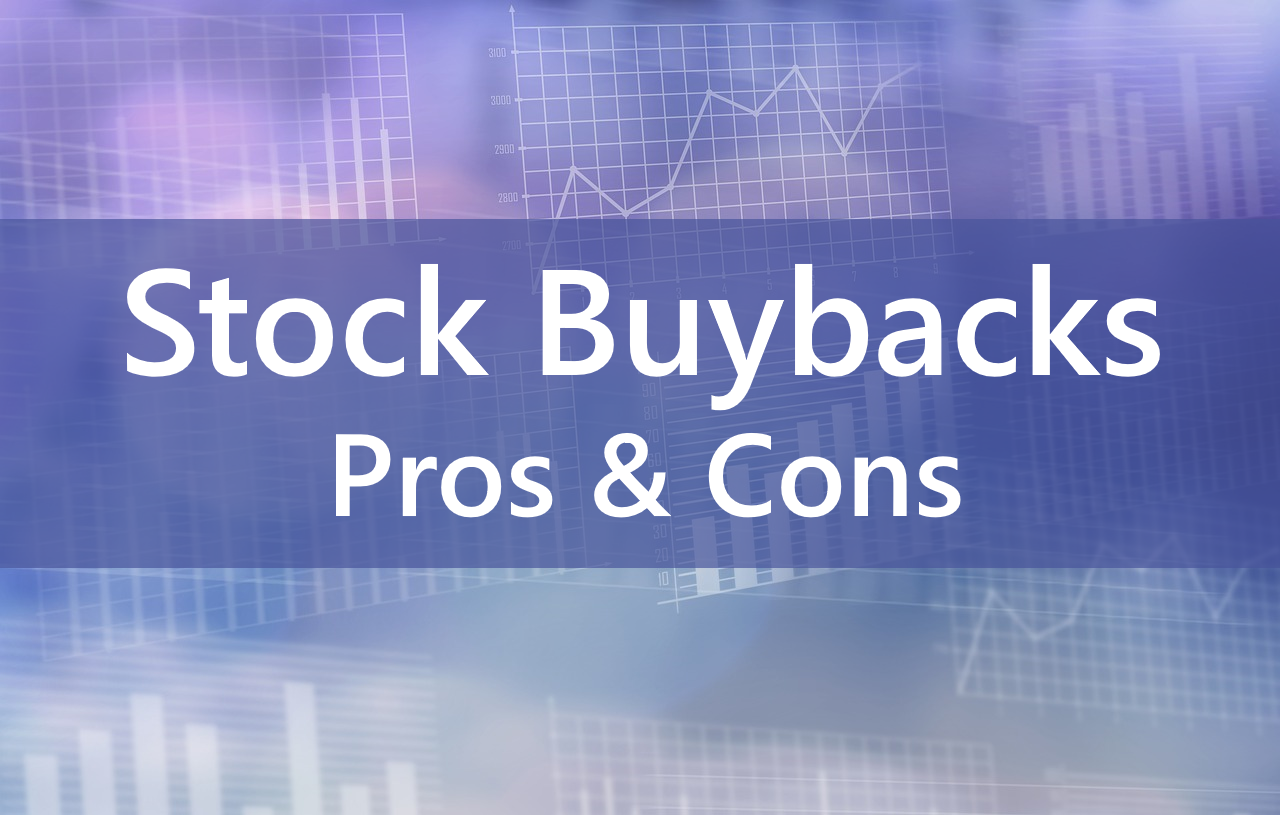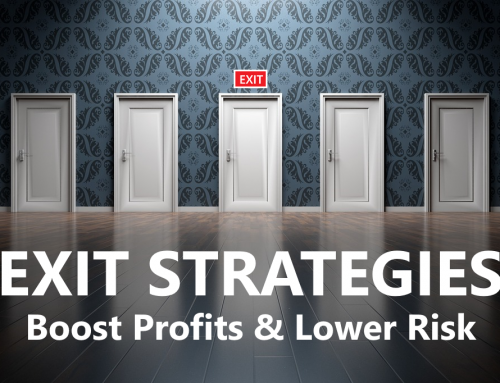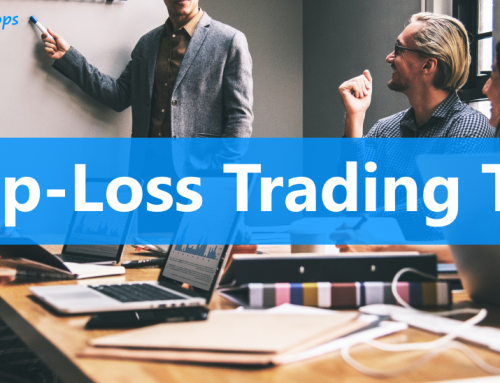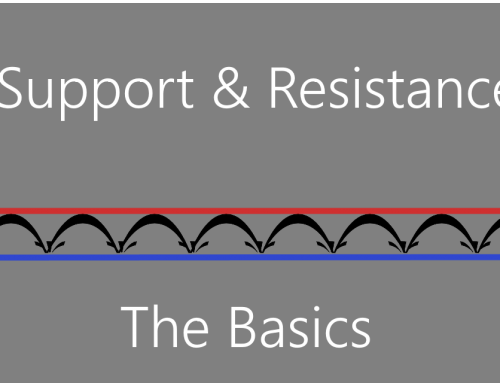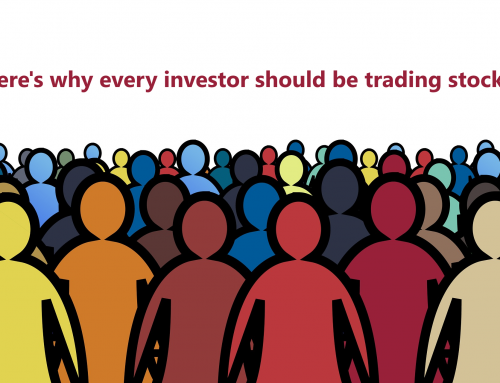During times when the stock market is declining there will often be an increase in the number of companies announcing a stock buyback. Although a stock buyback is fairly common, the investing public often overlooks the potential value of these announcements that can be used in their investing or trading analysis.
What Is A Stock Buyback?
When a corporation buys its own stock on the open stock market, it is considered a “stock buyback” and the shares purchased are re-titled “treasury stock.” Before examining some of the potential benefits and pitfalls of a stock buyback, let’s first review a couple of terms that will be used in this discussion:
Authorized Shares – the number of shares of stock a corporation is “authorized” to issue per their articles of incorporation. Additional shares can be “authorized” by the Board of Directors with approval of shareholders.
Outstanding Shares – the number of shares of stock that are held by investors (including employees and executives of the corporation). Treasury and Authorized-not-Issued shares are not included in this figure.
Treasury Shares – the number of shares of previously outstanding stock that has been repurchased by the corporation. Treasury stock can later be sold or retired based on a shareholder vote.
Float – the number of shares outstanding minus what is owned by insiders (people in the company, like the CEO, COO, CFO, President, Vice Presidents, etc.) and treasury stock.
Earnings Per Share (EPS) – Earnings divided by the number of outstanding shares of stock.
Now that we’ve defined a few terms, let’s move on to take a closer look at the effect a buyback can have – both positive and negative.
Benefits of Stock Buybacks
Increased Shareholder Value – There are many ways to value a profitable company but the most common measurement is Earnings Per Share (EPS). If earnings are flat but the number of outstanding shares decreases. . Voila! . . A magical increase in period-to-period EPS will result.
Higher Stock Prices – An increase in EPS will often alert investors that a stock is undervalued or has the potential for increasing in value. The most common result is an increase in demand and an upward movement in the price of a stock.
Increased Float – As the number of outstanding shares decreases, the shares remaining represent a larger percentage of the float. If demand increases and there is less supply, then fuel is added to a potential upward movement in the price of a stock.
Excess Cash – Companies usually buy back their stock with excess cash. If a company has excess cash, then at a minimum you can bank that it doesn’t have a cash flow problem. More importantly, it signals that executives feel that cash re-invested in the corporation will get a better return than alternative investments.
Income Taxes – When excess cash is used to buyback company stock, in lieu of increasing or paying dividends, shareholders often have the opportunity to defer capital gains AND lower their tax bill if the stock price increases. Remember that dividends are taxed as ordinary income in the year they are received whereas the sale of appreciated stock is taxed when sold. Also, if the stock is held for more than one year the gain will be subject to lower capital gain rates.
Price Support – Companies with buyback programs in place use market weakness to buy back shares more aggressively during market pullbacks. This reflects confidence that a company has in itself and alerts investors that the company believes that the stock is cheap. Frequently you will see a company announce a buyback after its stock has taken a hit, which is merely an overt action to take advantage of the discount on the shares. This lends support to the price of the stock and ultimately provides security for long-term investors during rough times.
Now that we’ve shown a few reasons to be bullish on “buyback stocks,” should you go out and buy every buyback you can find? Definitely not. Not all buybacks are equal and some buybacks seem to be nothing more than an attempt to manipulate the stock price.
Potential Pitfalls
Manipulation of Earnings – Above we described how a buyback improves the earnings per share number. Analysts rate stocks on many factors, but one of the most important numbers is the Earnings Per Share. Assume that an analyst estimates earnings using a higher number of outstanding shares existing before a buyback is executed. If the timing is right, companies could buyback shares and appear to beat consensus estimates that were based on a larger number of outstanding shares. So, watch out for announcements just prior to earnings.
Buyback Percentage – The higher the percentage of the buyback, the greater the potential for profits. Unfortunately, the buyback percentage is not typically part of an announcement so in order to determine if there is any significance to the announcement you’ll need to do some research. Don’t assume that a large number of shares is necessarily a large percentage.
Execution of Buyback – There is a difference between announcing a buyback and actually purchasing the stock. A buyback announcement may initially boost the price of a stock, but this phenomenon (when it occurs) is usually short lived. Don’t be fooled into believing that all announcements are implemented. A good portion of announced buybacks are not executed in full.
High Stock Prices – Beware of a buyback program announced when a stock is at or nearing an all-time high. A stock buyback can be used to manipulate less than desirable EPS expectations. One way of investigating this is to compare the P/E (Price/Earnings) ratio relative to other stocks in the sector or industry. If a higher than normal P/E ratio exists, then it doesn’t make a whole lot of sense for a company to buy it’s stock at a premium unless there is something in the works that will add substantially to earnings.
The Bottom Line
Stock buyback programs take advantage of supply and demand by reducing the number of shares outstanding, increasing EPS shareholder value, float and ultimately the price of stock. In addition, they are often a wise use of excess cash and can create tax opportunities for the investor. However, not all buybacks are actually implemented so caution and research is advisable.

